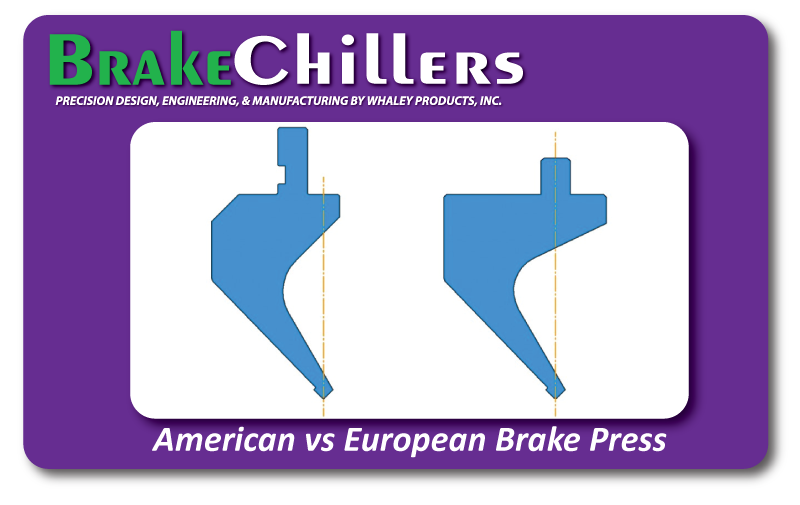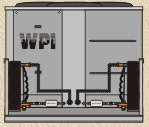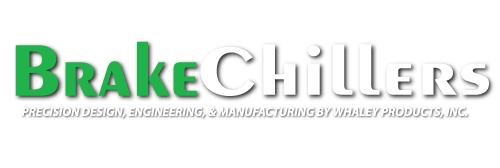European vs American Style Vs New Standard
Three types of styles are used for the tooling of press brakes. They are called the American style, the European style, and New Standard style. The American tooling system is the oldest. The European styles is commonly found in parts of China and Turkey. It is not so common in Europe. The New Standard tooling system is considered state of the art.
American style tooling is popular because its ease of use an. American style tooling does not require a special clamping system. The system consists of manual ram clamps, two load bearing surfaces, and a slot with a set of screws in the lower die holder. American tooling can also be retrofitted for machines that were not designed for that style. Because of the popularity of the style, American tooling can be purchased anywhere.
The European style of tooling is normally sold with new press brakes. European tooling system has an offset holder. The holder stabilizes the tool when transferring power. The power is transferred to the right of the holder at a single surface in line with the punch tip. European tooling styles are slimmer, and offer more bending options.
New Standard tooling combines the benefits of both American and European tooling systems. Setup speed, accuracy, durability and flexibility are with New Standard tooling. This tooling system is the newest. All punches and dies are hardened with this process. Punches can be reversed. The New Standard tooling system has taller, and wider punches. New Standard tooling is great for bending thick plate, materials and high strength steels.
 Packaged Chillers Non-expandable (integrated pump tank) 1.5Ton – 20Ton Single / Dual Circuits Single / Dual Pumps |
 SAE Series Modular Chillers Expandable (pump & tank on separate skid) 1.5Ton – 200Ton Single / Dual Circuits |
 SAR Series Split Chillers Expandable (Outdoor Condensing Unit) (pump, tank, evaporator on indoor skid) 1.5Ton – 200Ton Single / Dual Circuits |
